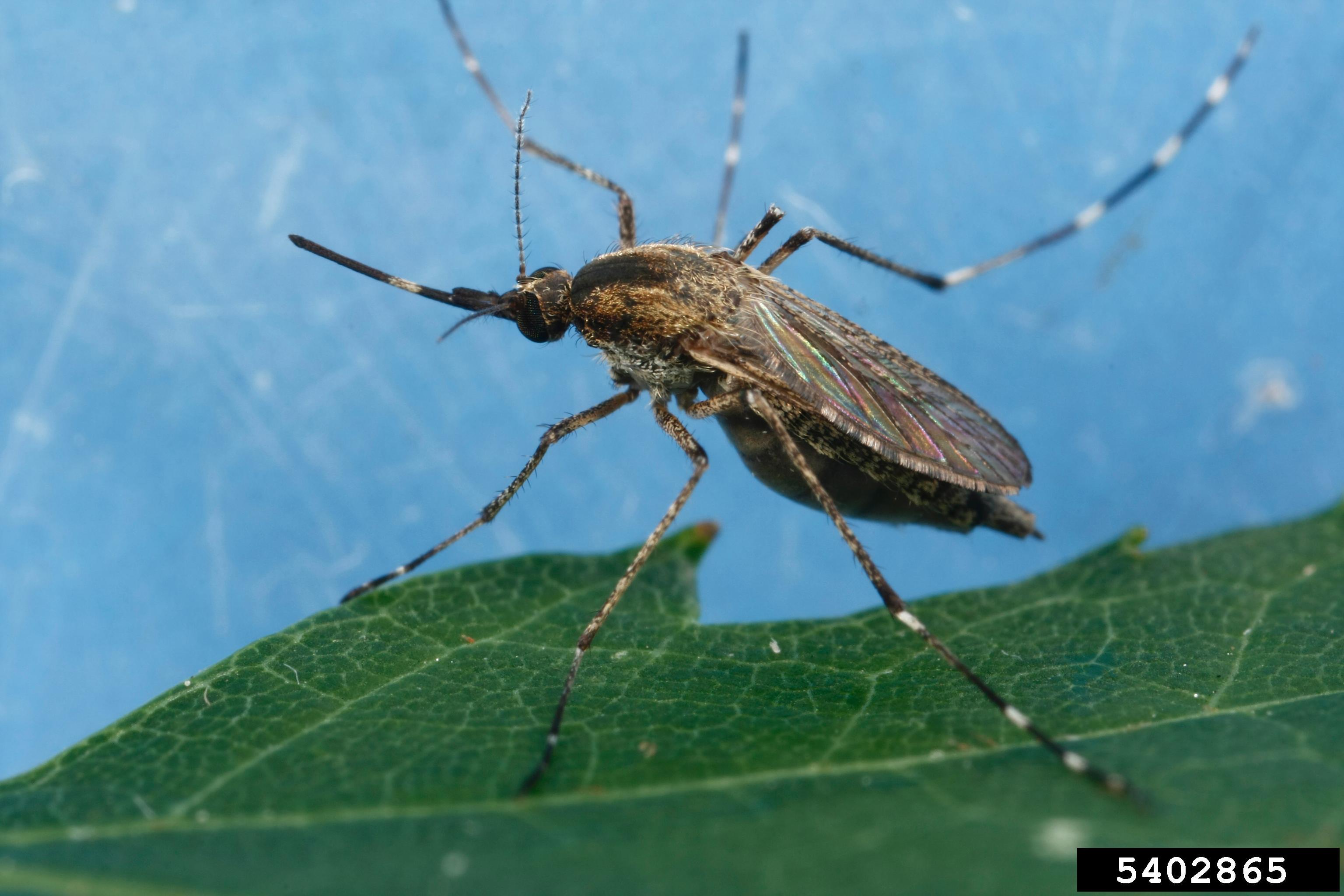
West Nile virus showed up on the shores of the United States in 1999. What started as a small number of horses infected with West Nile virus (WNV) at that time escalated to more than 15,000 active cases in 2002. Within those initial three years, the virus was able to cross the country and invade into the western United States through a new vector—Culex tarsalis mosquitoes.
The seriousness of the disease motivated a number of different vaccine manufacturers to develop effective vaccines, which have since provided significant protection to horses against this neurologic viral disease. In 2017, the number of reported equine cases throughout the United States numbered only 198 by the middle of October.
The virus, carried by a reservoir of bird hosts, is passed to mosquitoes that feed on the birds. Then an infected mosquito bites a horse (or human) to transmit virus. Not all bites result in infection, and horses are considered dead-end hosts (meaning they cannot transmit the disease to other horses or to humans).
Horses infected with WNV develop a variety of neurologic signs, which occur in different combinations: Depression; stupor; fever; incoordination (ataxia); limb weakness and stumbling; partial paralysis; inability to stand; muscle twitches; muzzle tremors; facial paralysis and other assorted signs related to the cranial nerves. Horses with severe neurologic effects might not regain the ability to stand, might experience convulsions and/or blindness, and so usually are euthanized.
Mortality rates for West Nile virus in horses run around 30-40%. It is reported that residual effects of gait and behavioral abnormalities can persist in approximately 40% of affected horses for up to half a year following infection.
Hugh Townsend, DMV, MSc, and Tasha Epp, DVM, PhD, from the University of Saskatchewan’s College of Veterinary Medicine, identified several specific risk factors for WNV infection and mortality. They report:
- Lack of vaccination against the disease is a primary reason for horses contracting West Nile virus.
- Older age is associated with more severe neurologic signs as well as higher mortality rates in horses.
- Horses infected with clinical signs of WNV earlier in the season (weeks 31-33) tend to have a better survival rate compared to those developing signs later in the season (weeks 36-38).
Environmental management is one strategy to minimize risk of infection. Where possible, it is important to remove all standing water that can serve as mosquito breeding areas. Any vesicle, no matter how small (tin can or flower pot, for example), can provide a habitat for mosquito proliferation.
The most effective method of prevention relies on immunization, particularly in the springtime prior to an active mosquito season. In southern parts of the country where mosquitoes are prevalent year-round, it might be prudent to vaccinate at six-month intervals.
All available vaccine products are 100% protective.
The American Association of Equine Practitioners (AAEP) recommends the WNV vaccine as a core vaccine, which is considered an essential standard of care to be administered to all horses annually.


